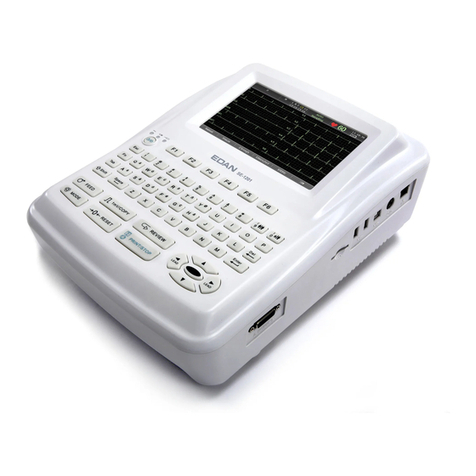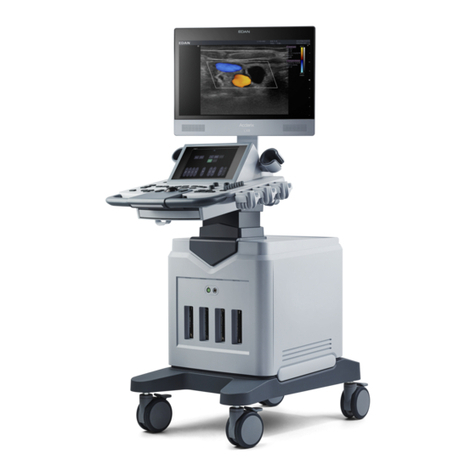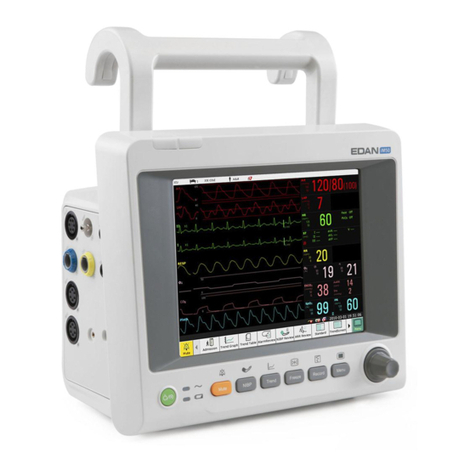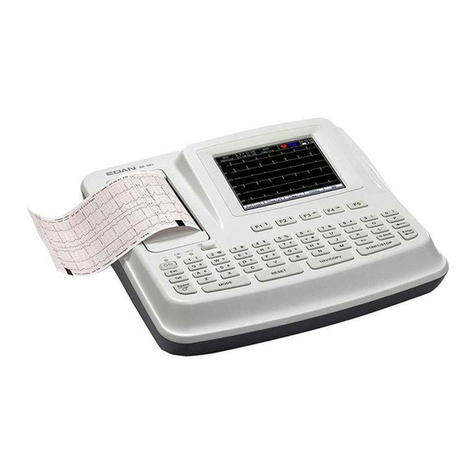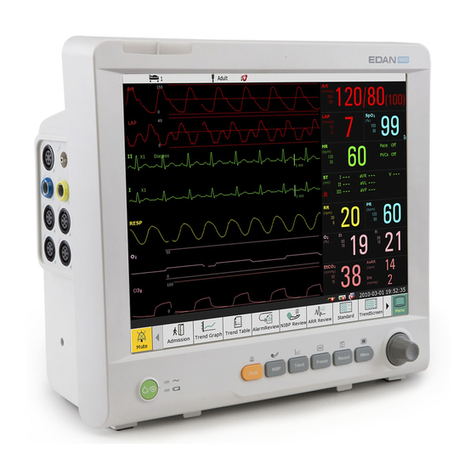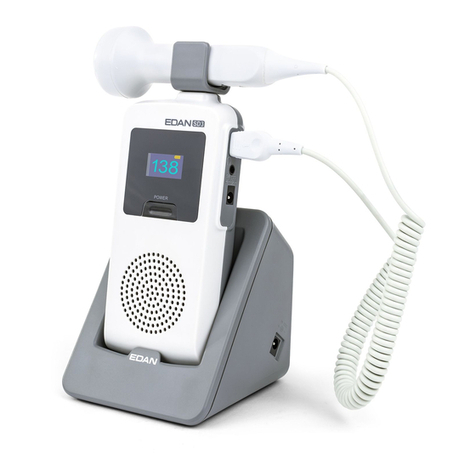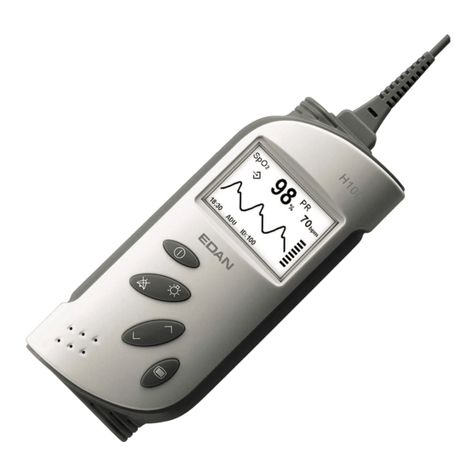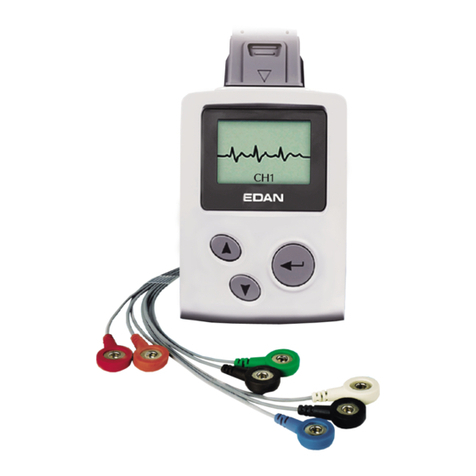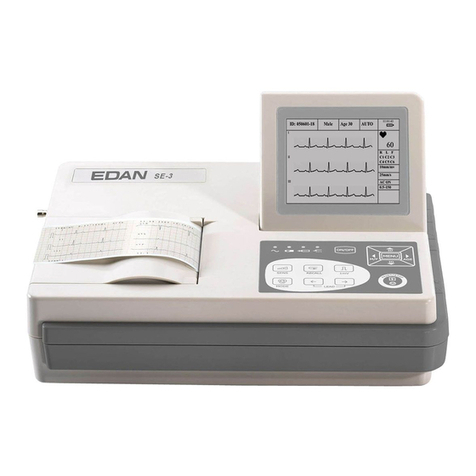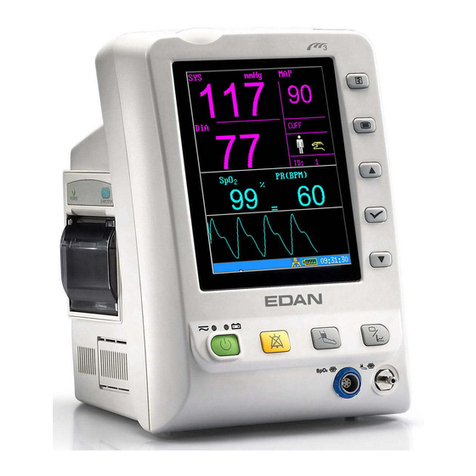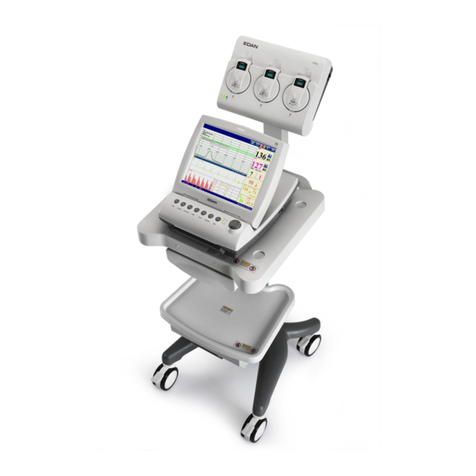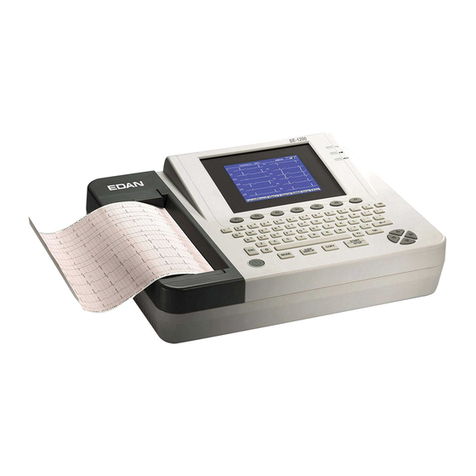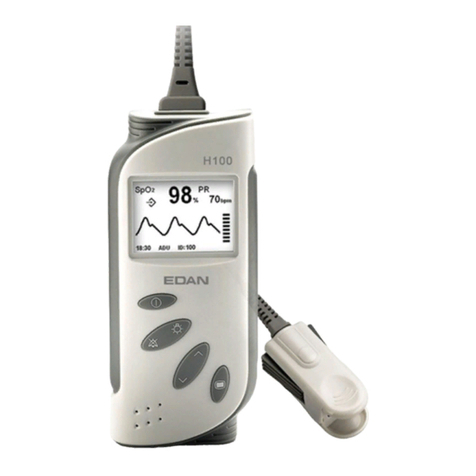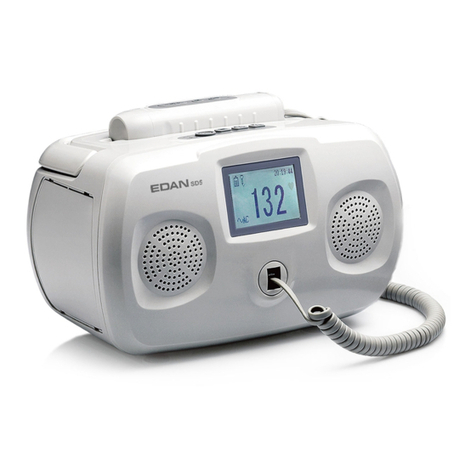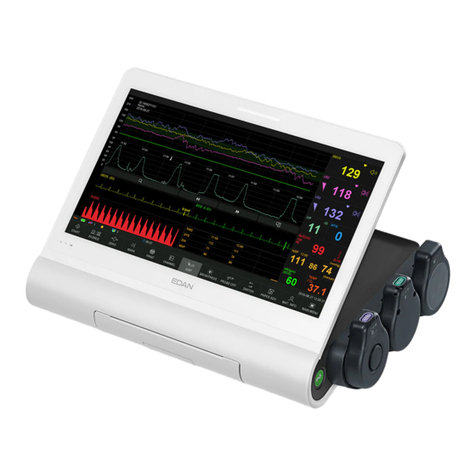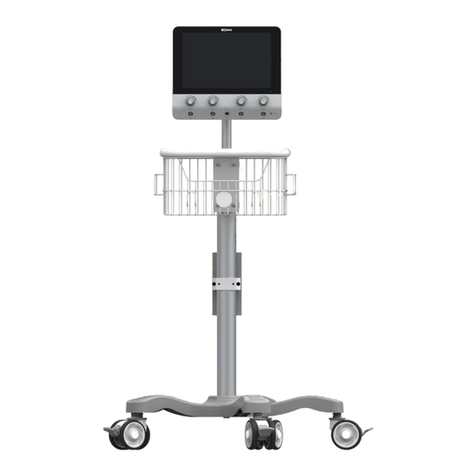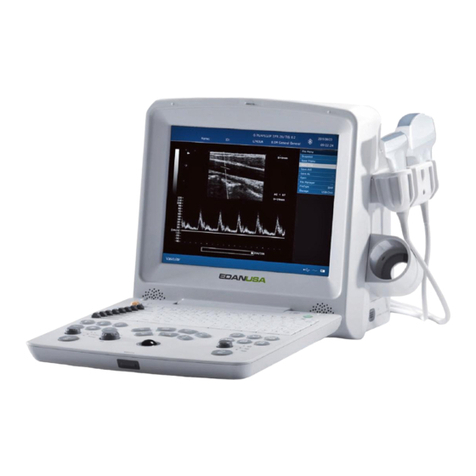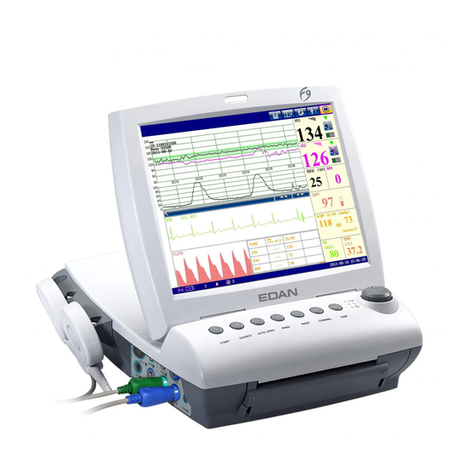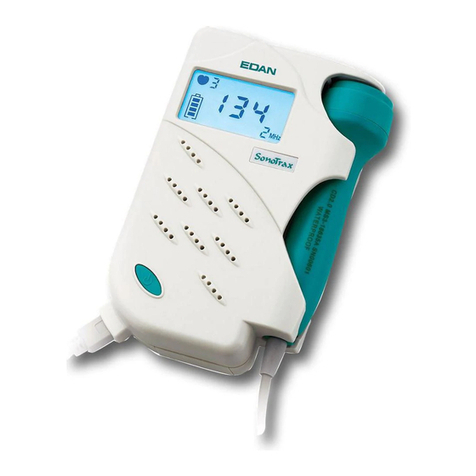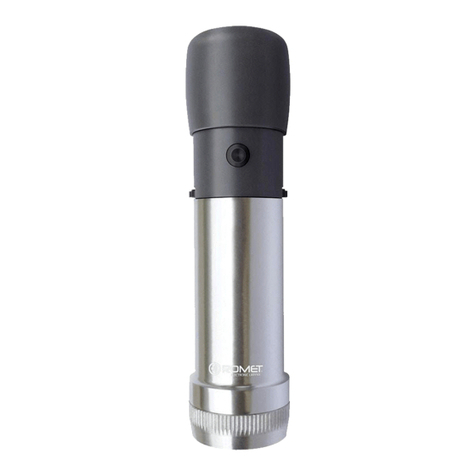IV
7.6 Copy Printing........................................................................................................................ 51
7.7 ECG Reports......................................................................................................................... 52
7.7.1 ECG Reports in the Auto Mode ..................................................................................... 52
7.7.2 ECG Reports in the Rhythm Mode ................................................................................ 54
7.7.3 ECG Reports in the Manual Mode................................................................................. 55
7.7.4 ECG Reports in the R-R Mode ...................................................................................... 56
7.7.5 ECG Reports Printed by the USB Printer ...................................................................... 58
Chapter 8 Managing Files...........................................................................................................60
8.1 Storage Upgrade Function .................................................................................................... 62
8.2 Transmitting Files to the PC ................................................................................................. 62
8.2.1 Transmitting Files through the Serial Port ..................................................................... 63
8.2.2 Transmitting Files through the Net Port......................................................................... 64
8.3 Copying Files between SE-601 and the U Disk ................................................................... 66
8.4 Editing Patient Information .................................................................................................. 68
8.5 Deleting Files........................................................................................................................ 69
8.6 Previewing a File (Only for SE-601B/C) ............................................................................. 70
8.7 File Printing .......................................................................................................................... 72
Chapter 9 System Setup...............................................................................................................73
9.1 Work Mode Setup ................................................................................................................. 73
9.1.1 Specifying Work Mode .................................................................................................. 74
9.1.2 Specifying Manual Style................................................................................................ 75
9.1.3 Specifying Rhythm Style ............................................................................................... 75
9.1.4 Specifying Auto Style .................................................................................................... 75
9.1.5 Specifying Sampling Mode............................................................................................ 76
9.1.6 Specifying Recording Sequence .................................................................................... 77
9.1.7 Inputting Sampling Time................................................................................................ 77
9.2 Filter Setup ...........................................................................................................................78
9.2.1 Setting AC Filter ............................................................................................................ 78
9.2.2 Setting EMG Filter......................................................................................................... 78
9.2.3 Setting DFT Filter .......................................................................................................... 79
9.2.4 Setting Lowpass Filter.................................................................................................... 79
9.3 Record Setup......................................................................................................................... 79
9.3.1 Specifying Recording Device ........................................................................................ 80
9.3.2 Setting Paper Marker...................................................................................................... 81
9.3.3 Selecting Patient Information.........................................................................................83
9.3.4 Setting Speed.................................................................................................................. 83
9.3.5 Setting Gain.................................................................................................................... 83
9.3.6 Selecting Template ......................................................................................................... 84
9.3.7 Selecting Measure .......................................................................................................... 84
9.3.8 Selecting Minnesota Code.............................................................................................. 84
9.3.9 Selecting Analysis .......................................................................................................... 84
9.3.10 Selecting Position Marker............................................................................................ 85
9.4 Lead Setup ............................................................................................................................ 85
9.4.1 Setting Rhythm Lead1/2/3 ............................................................................................. 86
9.4.2 Setting Lead Sequence ................................................................................................... 86
9.5 Transmission Setup............................................................................................................... 87
9.6 Display & Sound Setup ........................................................................................................ 88
9.6.1 Setting Brightness (Only for SE-601B) ......................................................................... 89
9.6.2 Selecting Display Colors (Only for SE-601C)............................................................... 89
